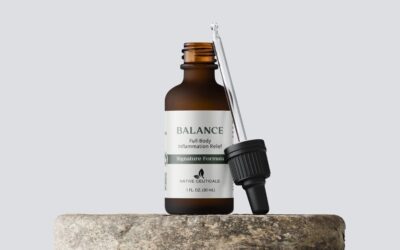Tincture Bar
Tailored to You
We tailor every customized tincture from our patent-pending tincture bar to everyone’s specific needs. It’s simple- just take our easy to navigate quiz, our team will then use the results of your quiz to design a 100% custom formula for you and within a few days it will be delivered directly to your doorstep!
Featured In:




Industry Headlines
News & Updates about Native Ceuticals & our industry
Franchise Journal Features Native Ceuticals in “Best of 2023” Issue
Recognition of Excellence in the Franchise Industry Mooresville, NC— Native Ceuticals is honored to be featured as a Top Brand of 2023 in the December...
Introducing Our Balance Tincture for Full-Body Relief
Discover 'Balance': Your Path to Holistic Wellness Mooresville, NC— Native Ceuticals is proud to announce the launch of its newest full-body relief...



